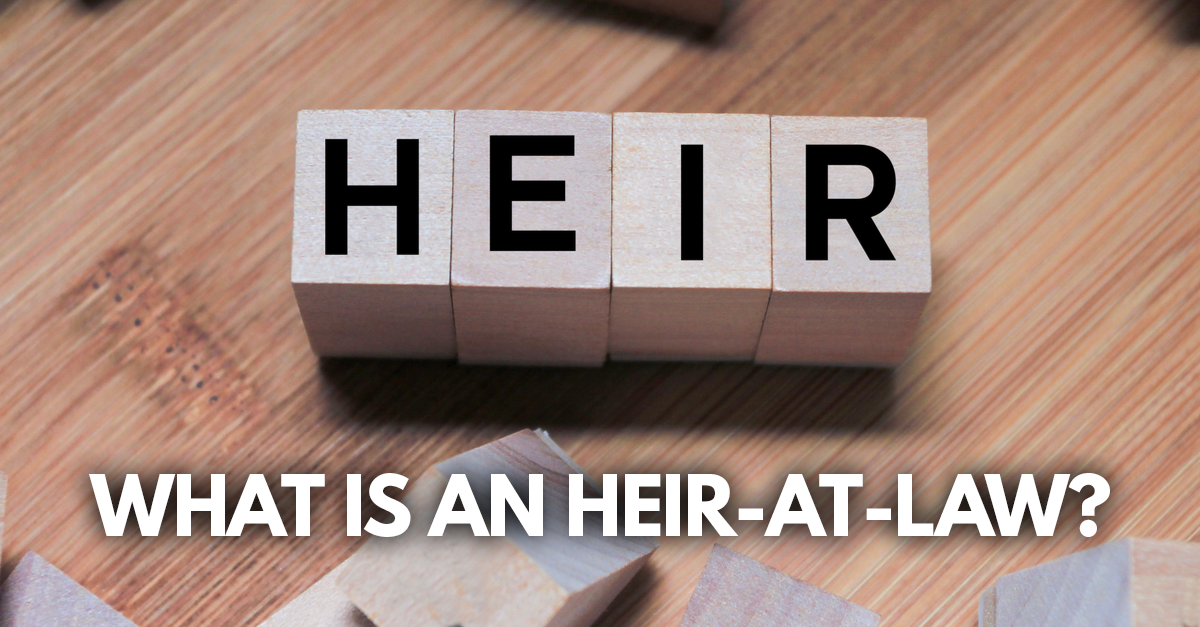
What is an heir-at-law? What does that term mean in California under the California Probate Code? When people die intestate, meaning they die without a will or a trust, their assets pass to their heirs. There are other instances where we might use the term “heir.” For example, oftentimes, we’ll say “all heirs at law are entitled to a copy of the trust or will, even if they’re not named in those documents, because they’re heirs.”
What Are Heirs?
So what are heirs? Well, you have to start with the decedent—the individual who died. Every decedent is at the center of the question of who are that person’s heirs? Heirs are the persons who are entitled by law to inherit the property of another upon the person’s death. You start by going down to their children. The deceased person’s children would be first in line to be his or her heirs at law. If the decedent has no living children, but they have grandchildren, then their grandchildren would be next in line as heirs at law. A spouse also would be, in part, an heir, depending on if it’s community property or separate property. The spouse of the decedent would definitely be an heir-at-law along with the children.
Now, if the decedent has no spouse and no children, next you look to the parents. That would be the next heir-at-law. If both parents of the decedent have already passed away, then you look at the brothers or sisters of the decedent. If any of them are alive, they are the heirs at law. If all of the brothers and sisters are deceased, but they have children, which would be the nephews and nieces of the decedent, then those would be the heirs at law. If there are no brothers and sisters, no nieces and nephews, then you look up to the grandparents of the decedent. And if they’re not alive, you go to the grandparents’ issue, which would be the decedent’s aunts and uncles, and then you go to the children of the aunts and uncles, which would be the cousins.
So you just continually go down first. If there’s nobody, you go up to the next generation, and then you go down again. If there’s nobody there, then you go up another step, which would be grandparents, and then you go down again. And eventually, you’ll most likely find somebody living, and they would be the heirs at law.
The first point in time, when you find somebody, would be the highest level of heirs. So children would be the highest level, if they’re alive. If not, grandchildren. If there’s no children or grandchildren, then parents would be next in line. And then brothers and sisters of the decedent, and so on and so forth, until you get to a living relative.
